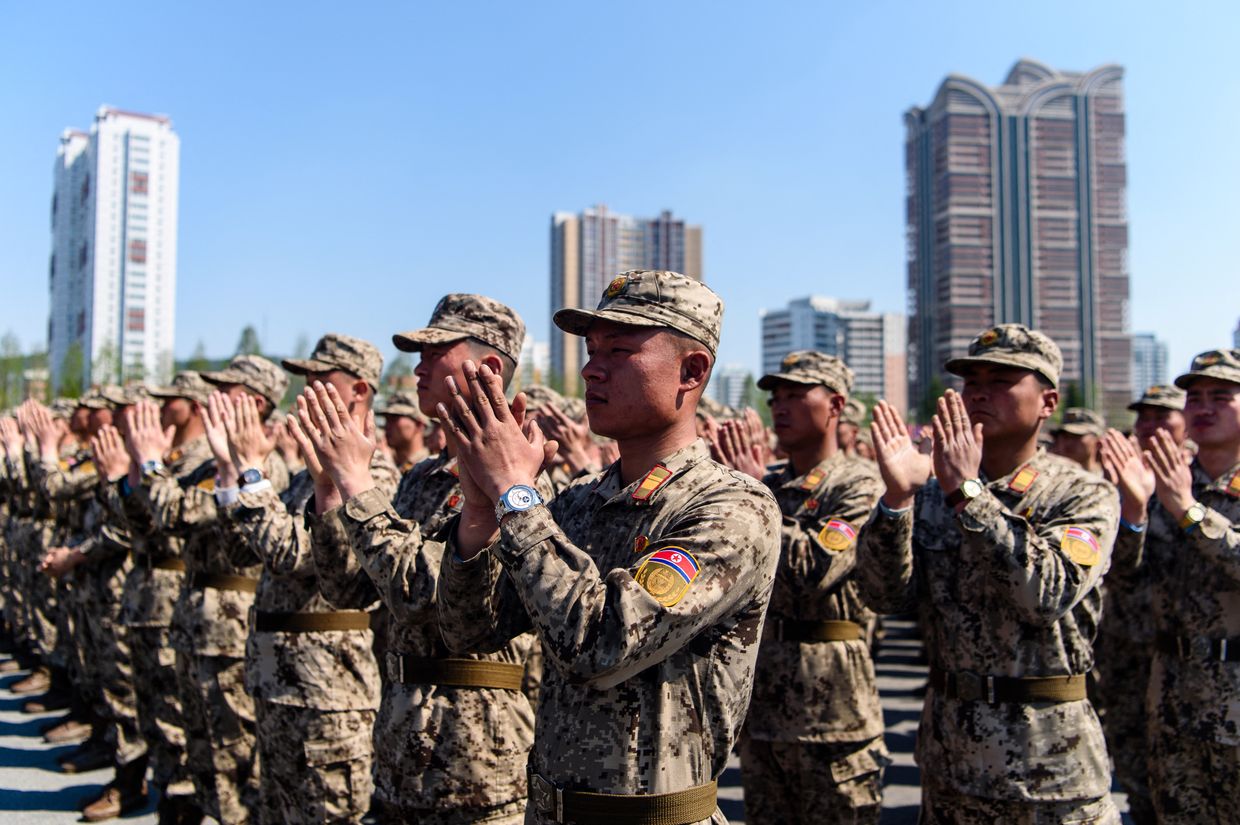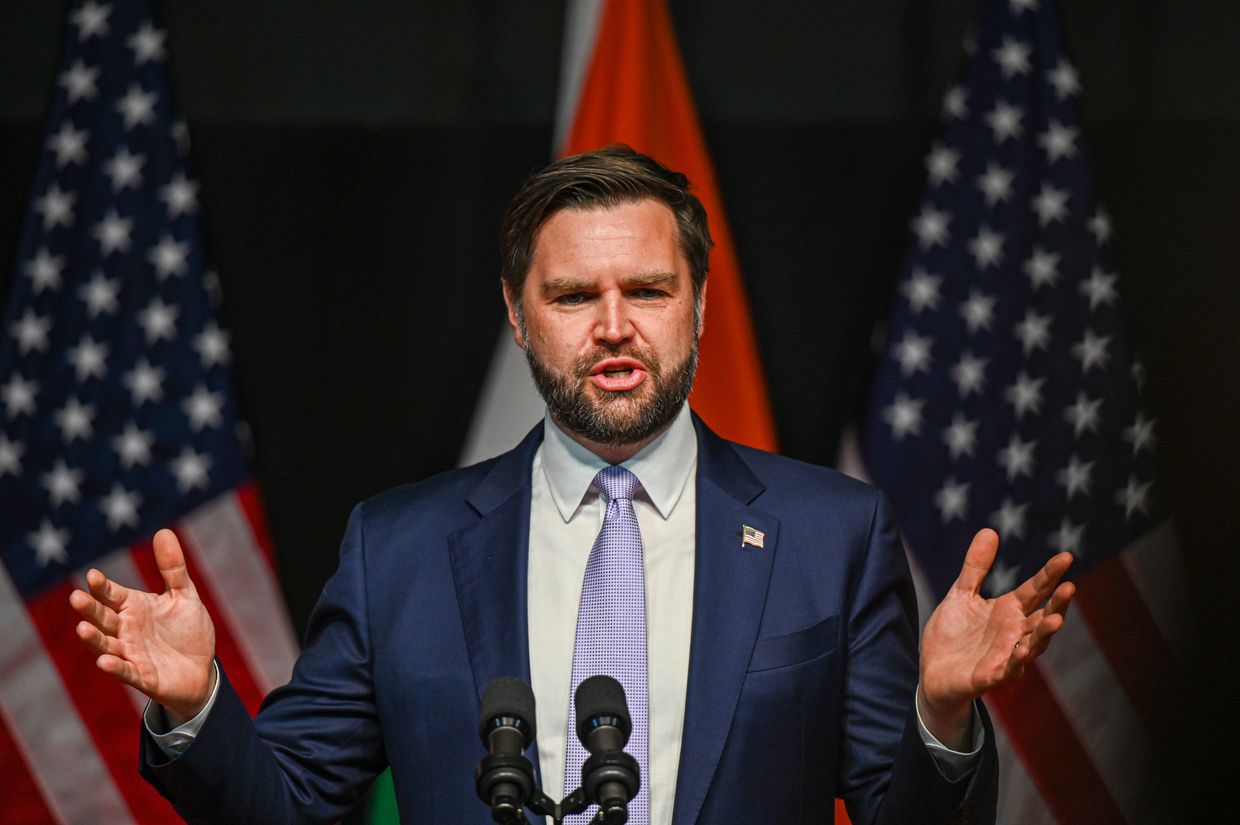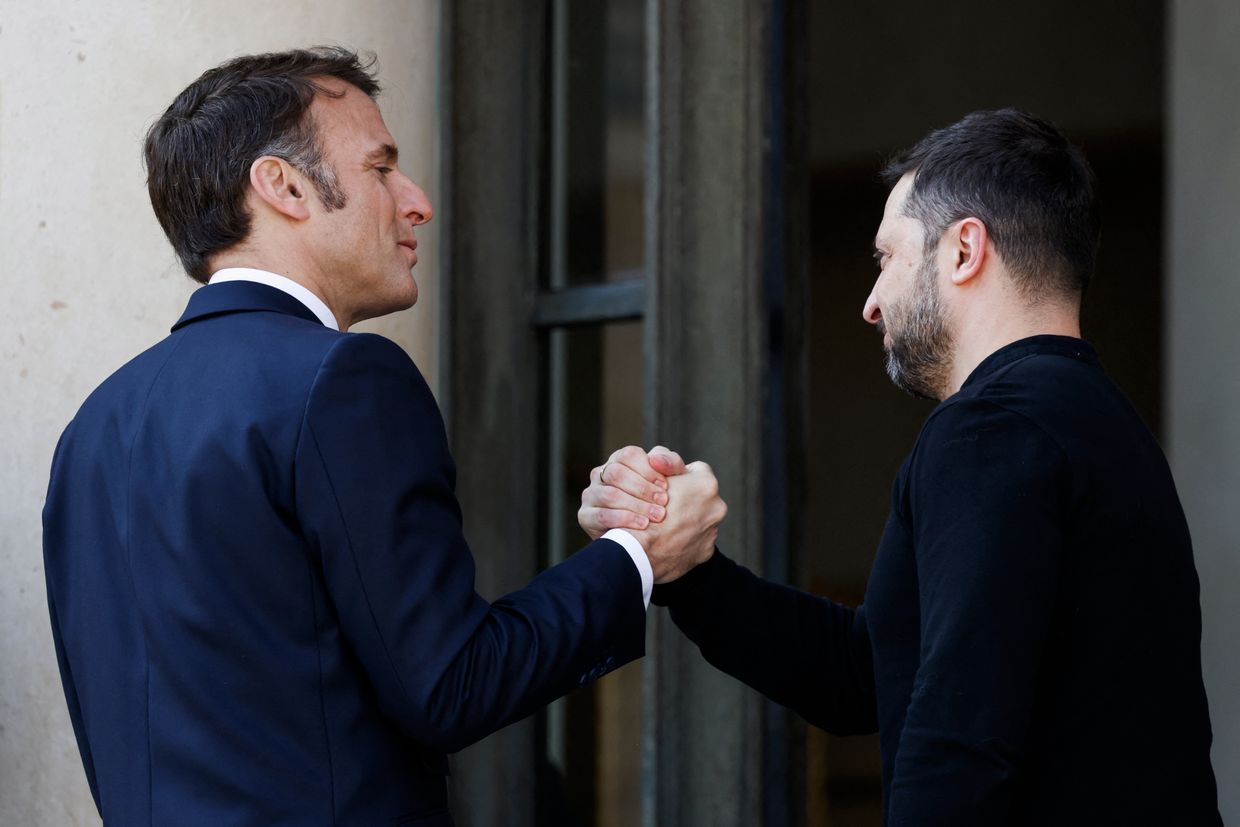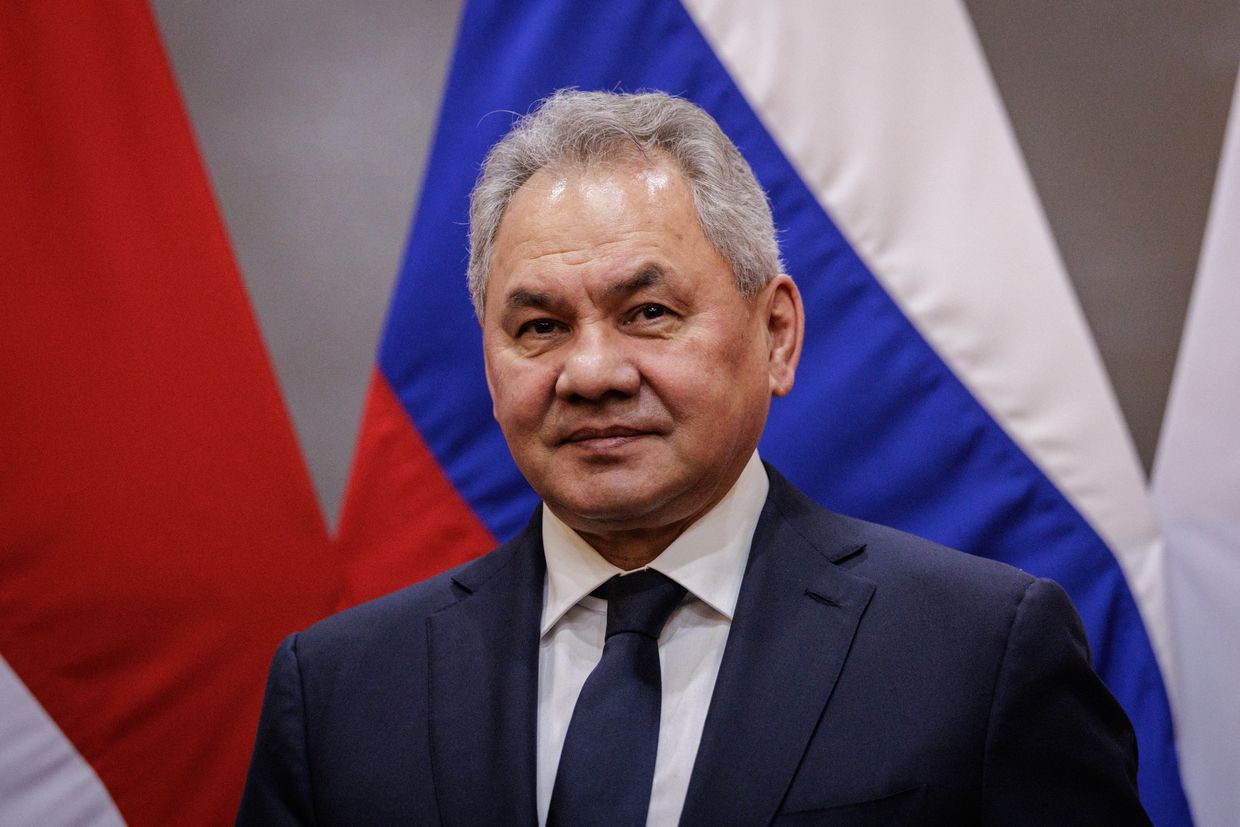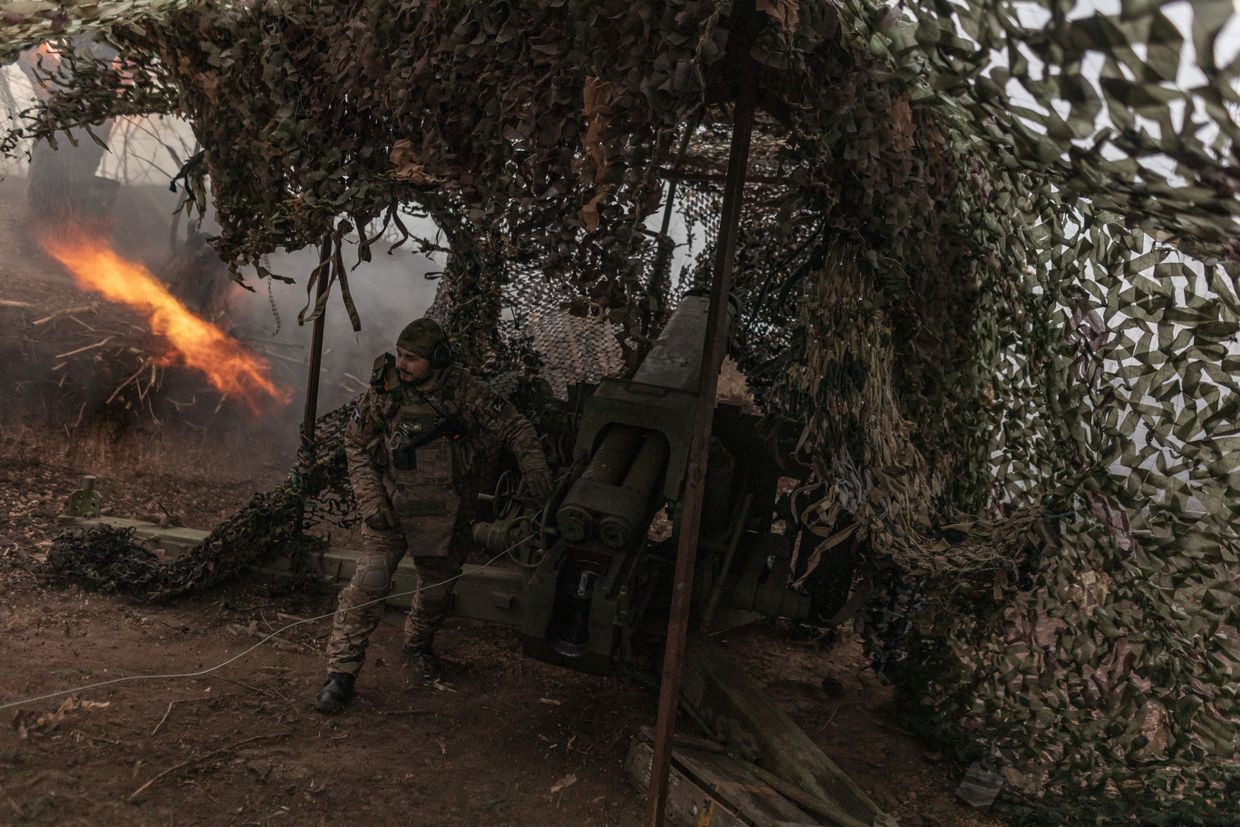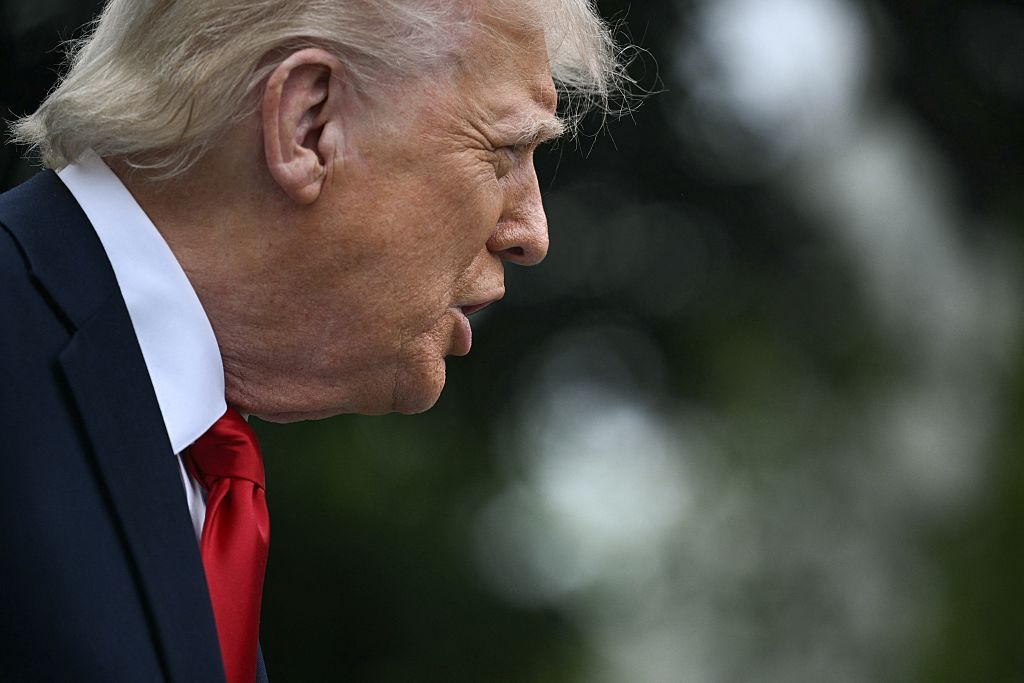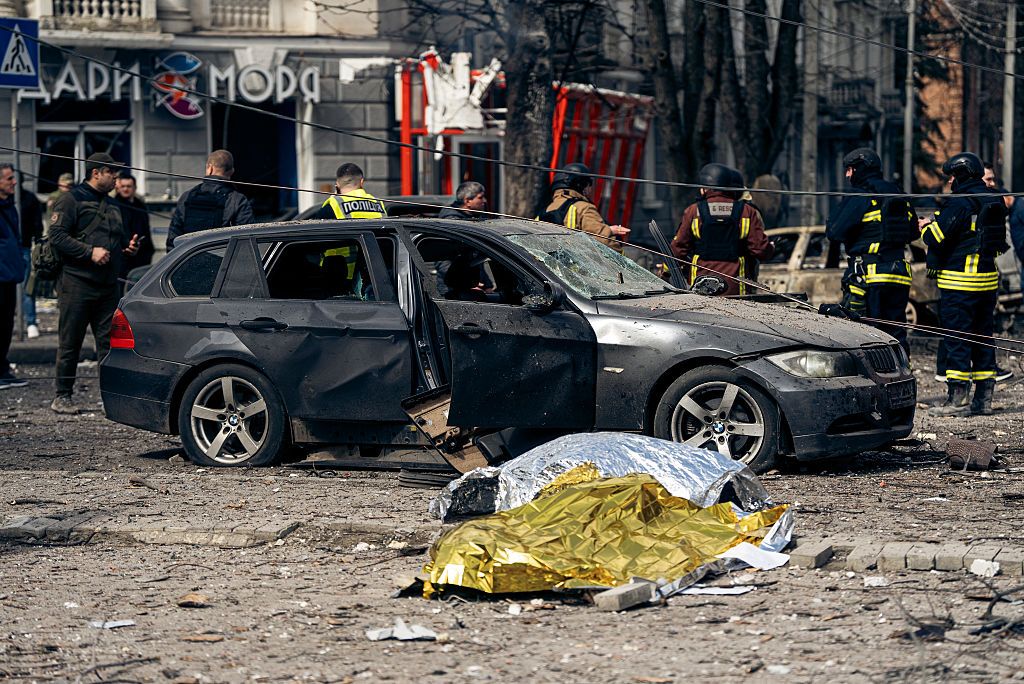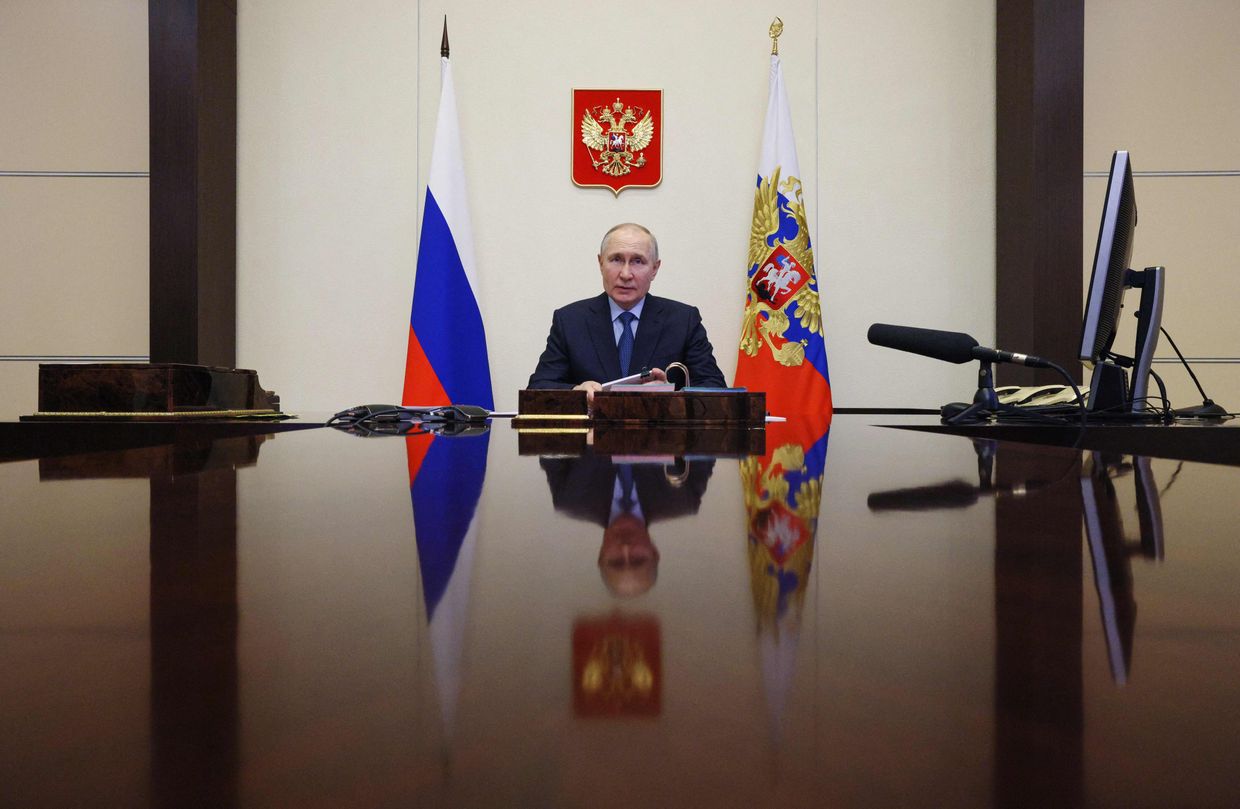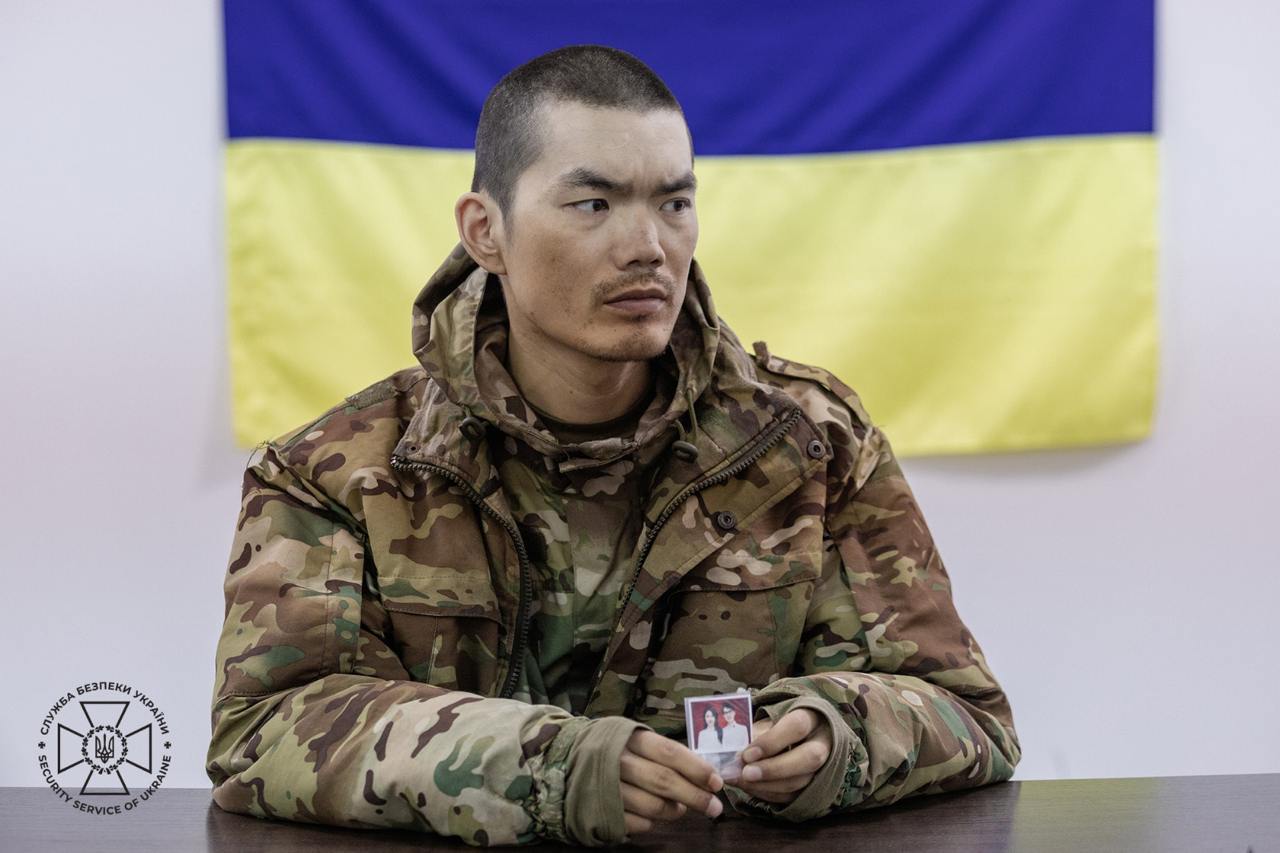U.S. President Donald Trump's promise to negotiate a peace in Ukraine within his first 100 days in office has collided with an unavoidable truth — a slew of Russian attacks during this time have spiked civilian death tolls, and a peace deal is still out of reach.
"There is no point in negotiating," Maria Rumiantseva told the Kyiv Independent last week, after a missile strike on Kyiv killed her neighbor and stranded her and her family in a wrecked apartment.
"(Russian President Vladimir Putin) won’t leave us alone."
Trump celebrates the 100th day of his second term on April 29. As well as a series of devastating Russian attacks on Ukrainian civilians since he took office, Russia’s battlefield assaults also show no signs of slowing.
In March, the second full month of Trump’s term, 164 civilians were killed and 910 were injured, according to UN figures — a rise of 50% compared to February, and 70% compared to March of last year.
Nearly all the losses were on land controlled by the Ukrainian government, and the majority were caused by long-range missiles or loitering munitions.
Similar figures are expected for April, which also saw the deadliest single strike for Ukrainian children since the full-scale invasion began in 2022. On April 14, 18 people died after a ballistic missile detonated over a playground. Among them were nine children.
Recent major attacks in Sumy and Kyiv have similarly made international headlines, while smaller attacks attract less attention abroad but continue to rack up.
Last week, the head of the UN Human Rights Monitoring Mission in Ukraine (HRMMU), Danielle Bell, called out "a deeply disturbing trend — civilians bearing the brunt of ever more intense and frequent attacks."
"The near daily barrage of long-range drones killed and injured scores of civilians across the country last month, and disrupted life for millions more," Bell said.
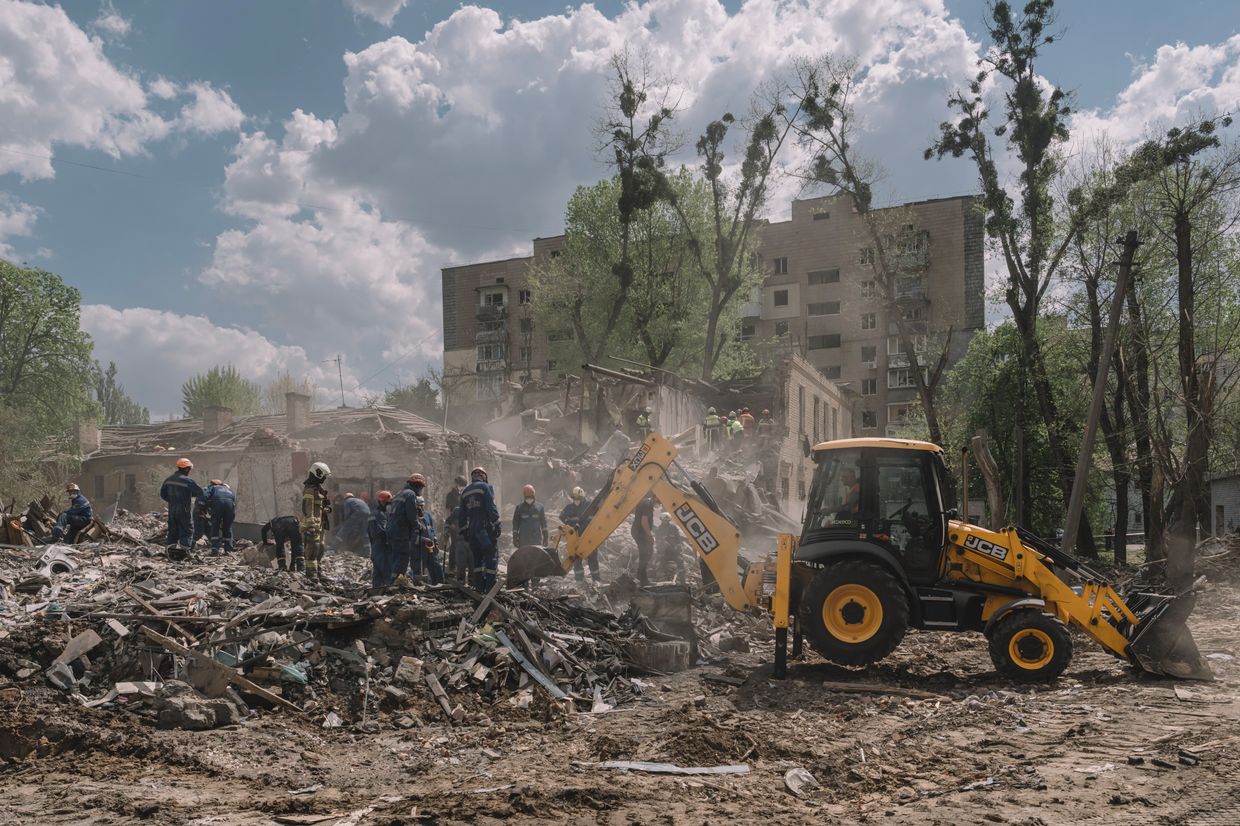
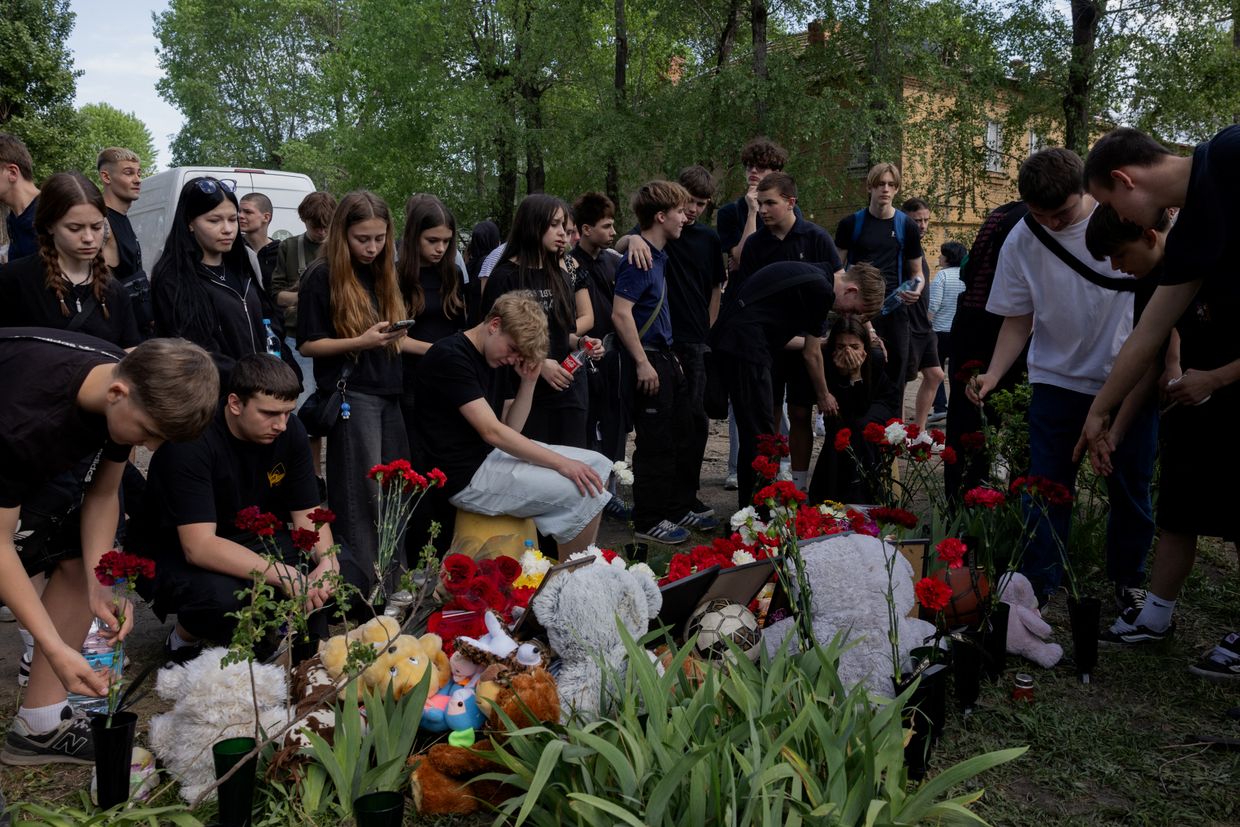
On the frontlines, too, signs of peace are absent, said Emil Kastehelmi, a Finnish military analyst from the Black Bird Group open-source intelligence collective.
Rather than pulling back or slowing down, Russian attacks have intensified in recent weeks, though this has yet to translate into territorial breakthroughs.
"I suspect that the war will at least go on all the way to fall," Kastehelmi said.
"Of course, there’s a lot of diplomacy happening behind closed doors. But when we look at the developments on the front, there aren't any clear signs which would point to diplomatic breakthroughs in the coming weeks."
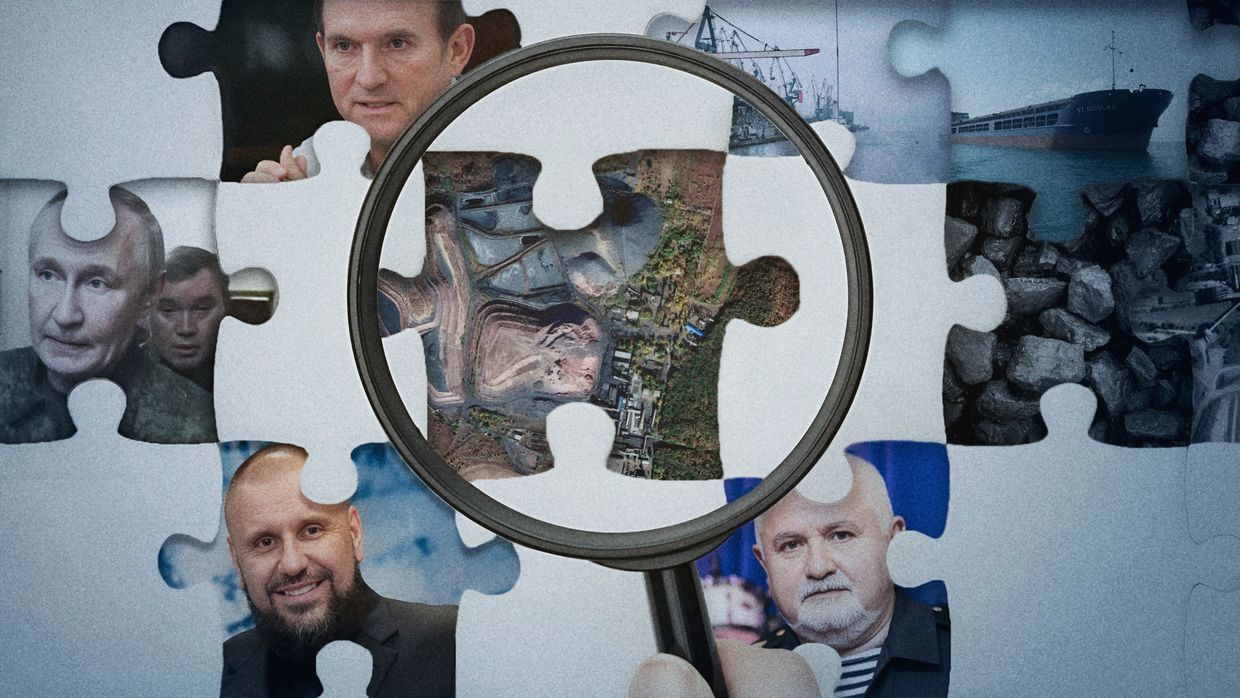
100 days of diplomacy, limited progress
Dozens of times on the campaign trail, Trump pledged to end the war in Ukraine on his first day in office, or even sooner.
"Before I even arrive at the Oval Office, shortly after I win the presidency, I will have the horrible war between Russia and Ukraine settled," he said in August, just one of many similar statements.
After his election, however, his team dialed back that promise, announcing a new goal of ending the war within 100 days of his Jan. 20 inauguration.
Those first 100 days have been marked by the Trump administration’s demands for a deal, a flurry of diplomatic meetings around the globe, severe and sustained pressure on Ukraine, and a reluctance to force any concessions from Russia.
After the disastrous meeting in the Oval Office between Trump and President Volodymyr Zelensky in February which prompted the U.S. to temporarily paused military aid and intelligence sharing with Ukraine, Ukraine has made multiple concessions to stay in the White House’s good graces.
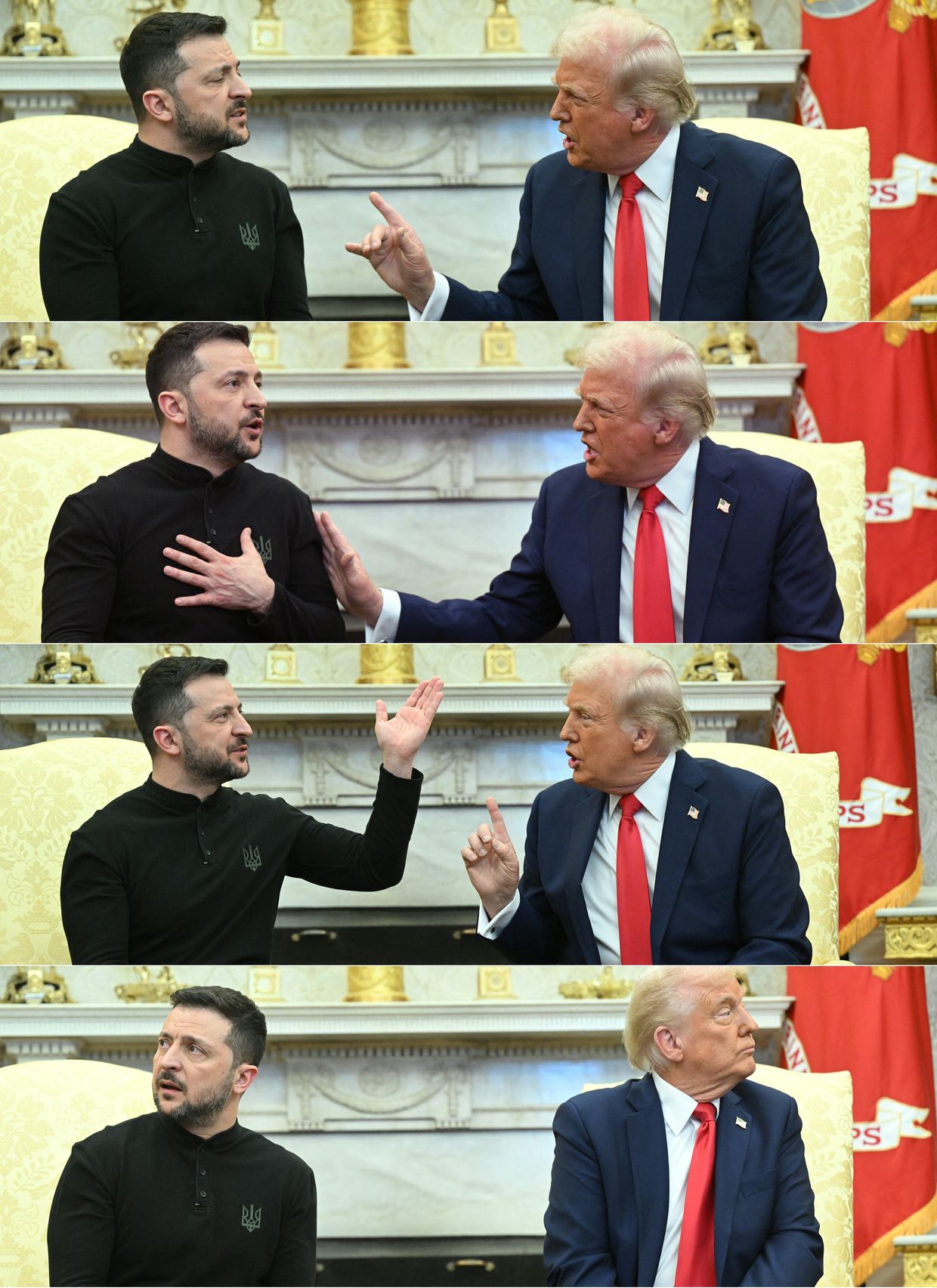
Ukraine walked back its demands that Russia withdraw its troops from Ukrainian land before negotiations, and has declared its readiness to sign a U.S.-proposed, full, unconditional 30-day cease-fire agreement with Russia. To date Moscow has refused.
Despite Trump’s aims, signs of peace are few and far between as Moscow refuses to make concessions to its maximalist demands, as well as violating temporary ceasefires it has proposed.
During a temporary three-day ceasefire declared by Russia over Easter earlier this month, Zelensky accused Moscow of nearly 3,000 violations between April 19 and April 21.
On the eve of Trump’s 100th day in power, Russia declared its readiness for another three-day ceasefire in May.
The move came only after Trump’s recent outbursts showed he appears to be losing patience with Putin’s pace of negotiations, and members of Trump’s team threatened to walk away from mediation if progress doesn’t happen soon.
"I want (Putin) to stop shooting, sit down and sign a deal," Trump told reporters on April 27, describing Zelensky as "calmer" after the two leaders met in the Vatican on April 26.
Ukraine's Foreign Minister Andrii Sybiha reacted to Russia’s latest ceasefire offer by calling on Russia to accept the 30-day ceasefire proposal.
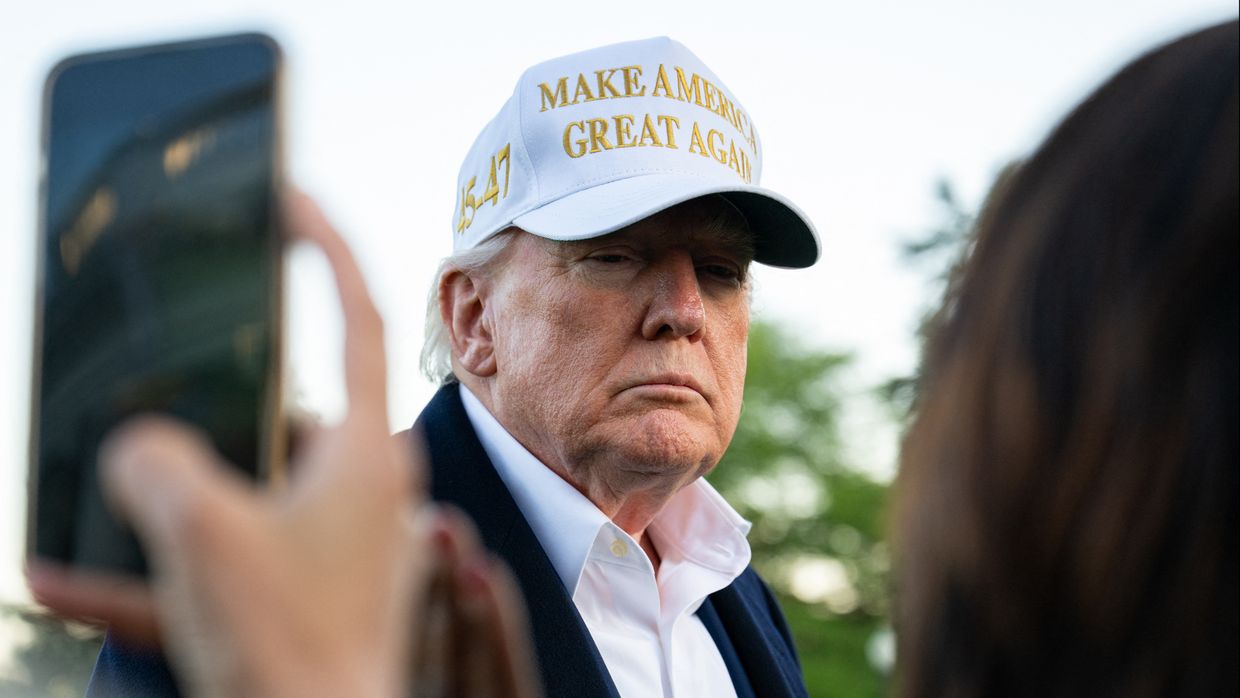
'The spring offensive is ongoing'
Yet the prospects of a broader ceasefire appear slim as Russia continues to demand international recognition of five Ukrainian territories as Russian — a condition Ukraine has ruled out as a "red line." Among the lands are major cities which experts say Russia has no chance of capturing by force in the near future, if at all.
Russia illegally declared ownership over Crimea in 2014, and of Zaporizhzhia, Kherson, Donetsk, and Luhansk in 2022 despite not fully controlling the oblasts. Conceding these territories as Russia demands would go far beyond simply freezing battlelines — it would permanently hand over territory home to millions of Ukrainians.
In the absence of a ceasefire, dozens of Ukrainian civilians across the country each week continue to be killed in aerial strikes, while on the front lines, Russia continues to grind forward with its slow war of attrition.
The largest change in battlelines since Trump’s election has been the near collapse of Ukraine’s positions within Russia’s Kursk Oblast.
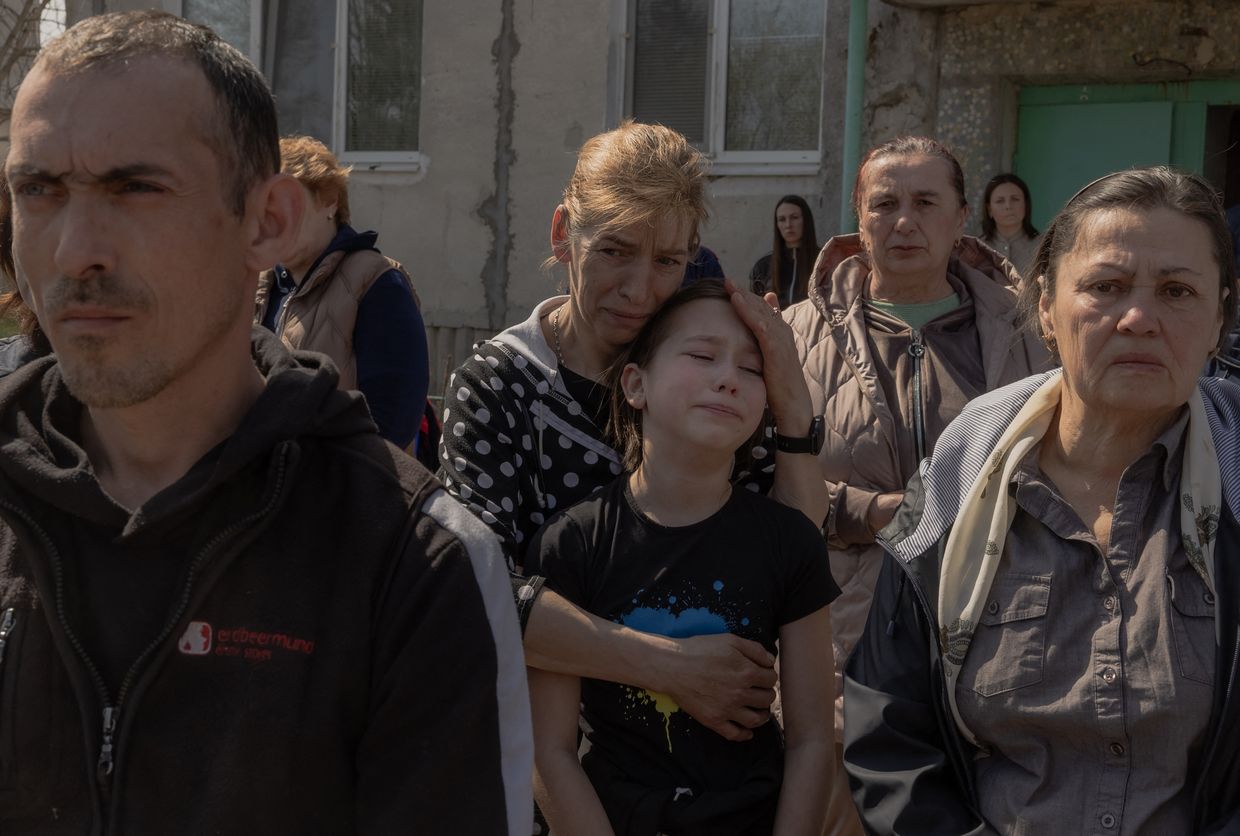
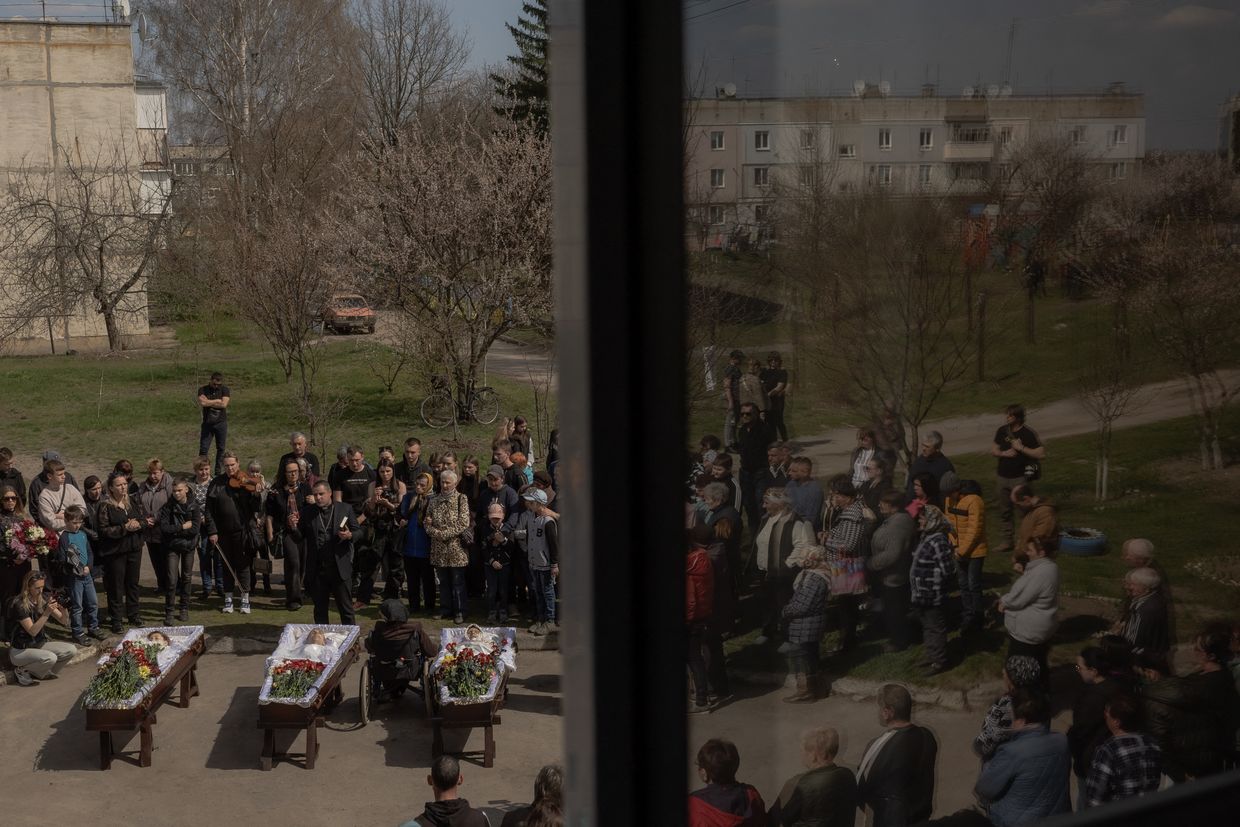
Russia has also reportedly intensified its attacks in recent weeks, including in the Sumy region, though it has not made any other breakthroughs.
Apart from Kursk, noted Kastehelmi of Black Bird Group, the broader situation in most directions has not changed significantly since January.
"The spring offensive is ongoing, but it has not yielded very significant gains for the Russians," he said.
"The Russians are capturing a village here and there occasionally, they are slowly finding their way forward. But small tactical victories don’t mean there’s any kind of larger operational change in the whole situation," he added.
With breakthroughs looking unlikely on the battlefield and in the diplomatic arena, Russia appears to have no plans of changing course.
At the end of March, Putin ordered a spring conscription of 160,000 men, making it the largest call-up of men in 14 years.
